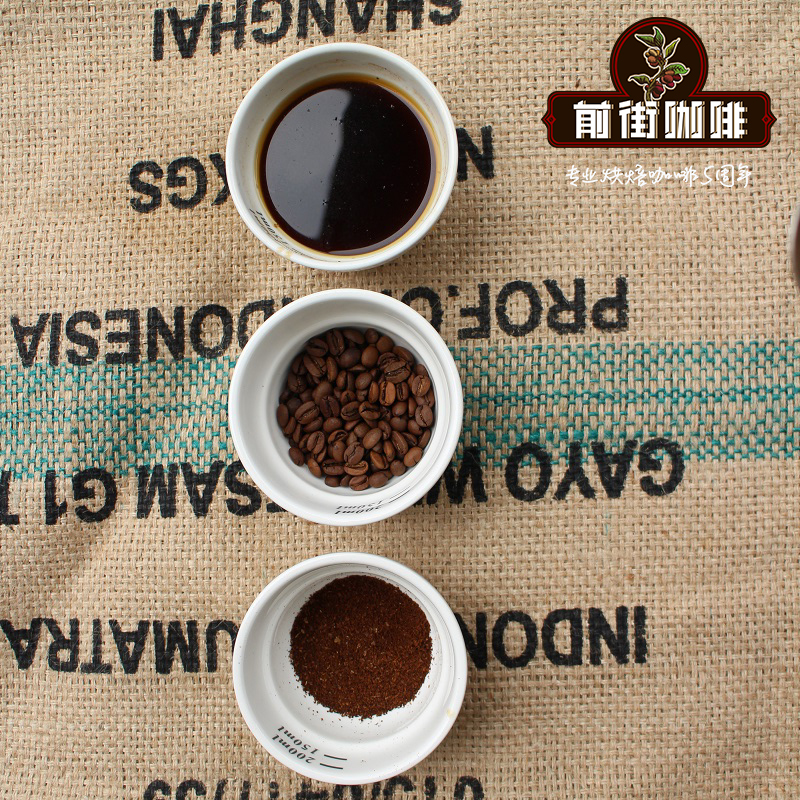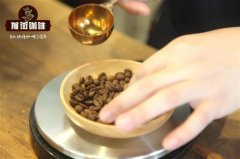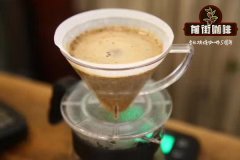Coffee is the world's coffee. If you drink coffee, use the Philharmonic to make a cup of coffee to suppress the shock.

Professional coffee knowledge exchange more coffee bean information please follow the coffee workshop (Wechat official account cafe_style)
Where does the Philharmonic pressure come from?
In 2005, Alan Adler, an engineer, physicist and lecturer at Stanford University, found that he really did not have the patience to use the troublesome plug-in coffee pot and did not even want to spend four minutes making coffee by hand, so he messed around to design this strange-looking instrument that could quickly brew delicious coffee, and because there was a layer of filter paper, it could filter the excess impurities and make coffee with clean flavor. And will not like the French filter cup bottom sediment or produce bitter taste. As a result, he decided to make a formal mass production, which successfully became popular among coffee lovers. Now you can find it in some coffee shops and on the Internet in Taiwan.
Brewing step
1. Boil water: let the water boil for one minute, the water temperature is about 80-90 degrees.
two。 Grind coffee beans: measure two Philharmonic pressure spoons of coffee beans (about 4 tablespoons) and grind to medium scale.
3. Wet filter paper: spread the filter paper on the filter cover, buckle the kettle body, place it on the mug and gently pour some warm water to wet.
4. Pour in the coffee powder: place the funnel on the pot, and then pour the coffee powder in to prevent the residual powder from getting stuck on the edge.
5. Pour in hot water: until the kettle body is marked.
6. To stir slightly quickly.
7. Pressurization: insert the piston cylinder into the kettle body and press down at the same speed for about 10-20 seconds. Remember that the desktop should be kept stable and non-skewed to avoid uneven extraction under pressure. The containers at the bottom can be made of metal and other more pressure-resistant materials, which is safer.
8. Dilute after trying the concentration: if you think it is too strong, you can add the right amount of hot water.
Important Notice :
前街咖啡 FrontStreet Coffee has moved to new addredd:
FrontStreet Coffee Address: 315,Donghua East Road,GuangZhou
Tel:020 38364473
- Prev

How to choose and buy a French pressure pot? how to choose the characteristics of a French pressure pot that you like?
Professional coffee knowledge exchange more coffee bean information Please pay attention to the key points of the coffee filter pot in the coffee workshop (Wechat official account cafe_style) some people may not be familiar with the coffee filter pot, so next we will explain the type, extraction method, capacity and use situation of the coffee filter pot one by one, so that you can understand this unique product. From the extract
- Next

Hand-made coffee players must play two hand-made filter cups
Professional coffee knowledge exchange More coffee bean information Please pay attention to coffee workshop (Weixin Official Accounts cafe_style) 1: HARIO V60: Fast flow aroma king conical filter cup classic, high market share among hand flushing players all over the world Because of its dense long groove design, the air in coffee powder can be discharged in large quantities to speed up the flow rate of filter cup and extract distinct aromatic acid flavor.
Related
- What is the Philharmonic pressure? How to use Philharmonic pressure to make delicious coffee
- Why does a hand grinder have more fine powder than an electric grinder?
- In addition to the hot mom, what is the difference between the versions of EK43 | ditting and Mahdi ek43?
- What kind of equipment do you need to make coffee by hand? Introduction to novice starter cooking equipment tools
- Espresso needs to be ground how thick and thin scale entry Italian Coffee Machine Bean Grinder investigation and Grinding course
- How much does it cost to open a small private cafe? How much does it cost to learn coffee? How to operate it?
- The difference between the flavor characteristics of hand-brewed coffee and coffee maker is hand-brewed coffee really better than coffee maker? Can I use a coffee machine to make coffee beans by hand?
- The difference between 01 and 02 of hario v60 filter cup what is the difference between 01 and 02 filter cup opening and cooking flavor
- What's the difference between the smart cup and the French kettle? Which is better, the French kettle or the Smart Cup?
- What's the difference between a smart cup and a V60 filter cup? The difference between the taste of smart cup and hand-brewed coffee

